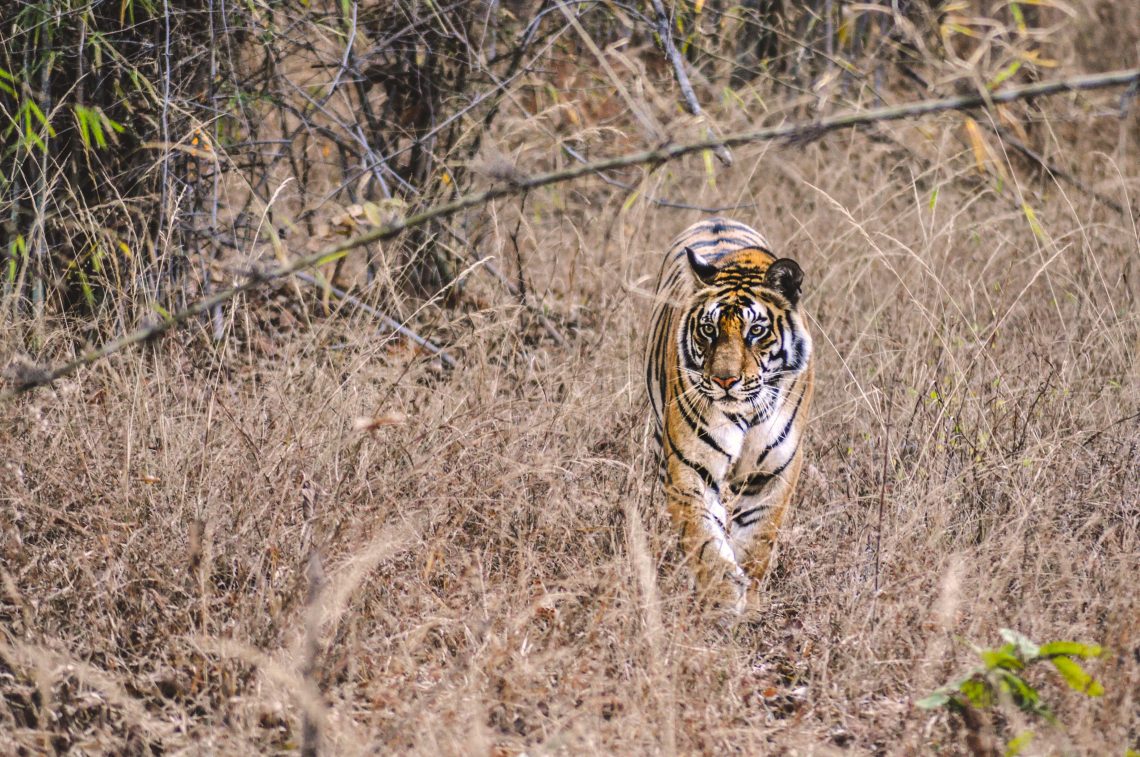
Where the Tiger is God
A teacher from Maharashtra’s Purushwadi village shares the generations-old practice of worshipping wild tigers, that continues to this day
Story by: Mahadu Chindhu Kondar
Read the original story in Hindi
I saw a tiger for the first time when I was four years old. Night had fallen and the tiger was attacking our goats. It was such a frightening sight that I screamed in horror, which woke up the entire family and they began screaming too. Hearing our cries, other villagers gathered nearby. The noise gradually made the tiger flee.
Even now, tiger attacks are not unfamiliar to us. Walking through the forests surrounding my village Purushwadi, we sometimes catch sight of tigers*. Just two years ago, my cousin Dinkar Kondar survived a tiger attack. He quickly clambered up a tree, and that saved his life!
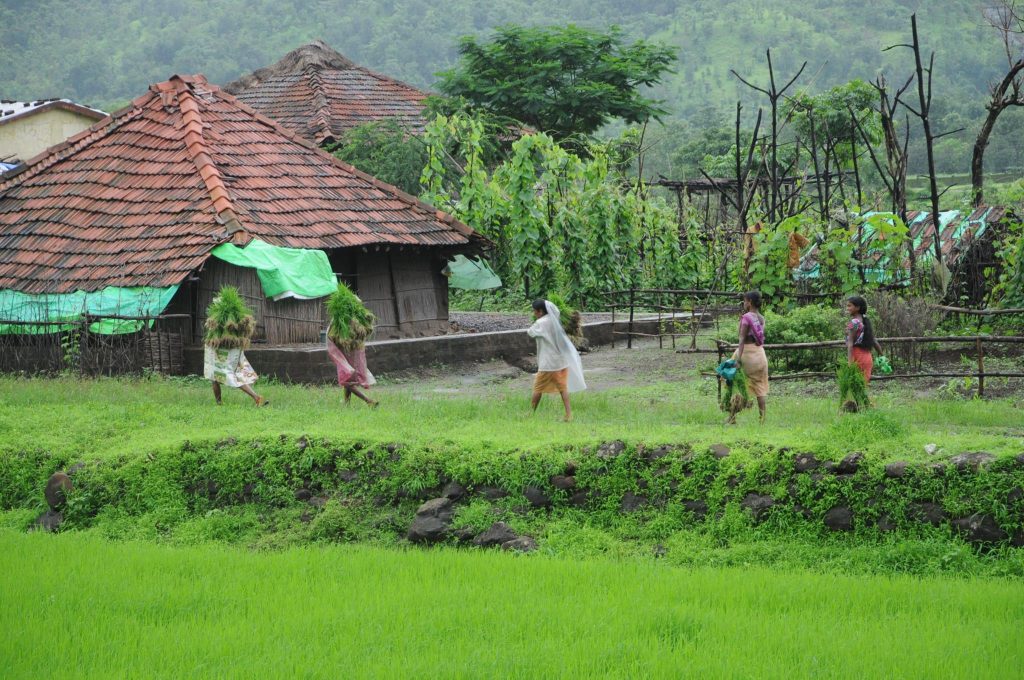
Despite these encounters, for us indigenous people, the tiger is our deity.
Alongside the road in the western part of my village of Purushwadi, there is a site sacred to us: three-four stones smeared with vermilion, and a carved wooden post. This is a shrine dedicated to our tiger deity.
Before we begin any auspicious activity, we worship the tiger. This is an ancient practice for us. Ordinarily, tigers don’t attack humans. We firmly believe that the tiger is a peaceful, majestic animal.
Legend goes, when Purushwadi village was established, a tiger was constantly sighted in the area. Every week or fortnight, one of the village cattle would be killed and carried off by the tiger. Fed up, the village began to appeal to the Bagh Devta – the tiger deity. Each family in the village sacrificed a chicken to the ‘tiger deity’, asking him to protect their families and animals from the attacking tiger.
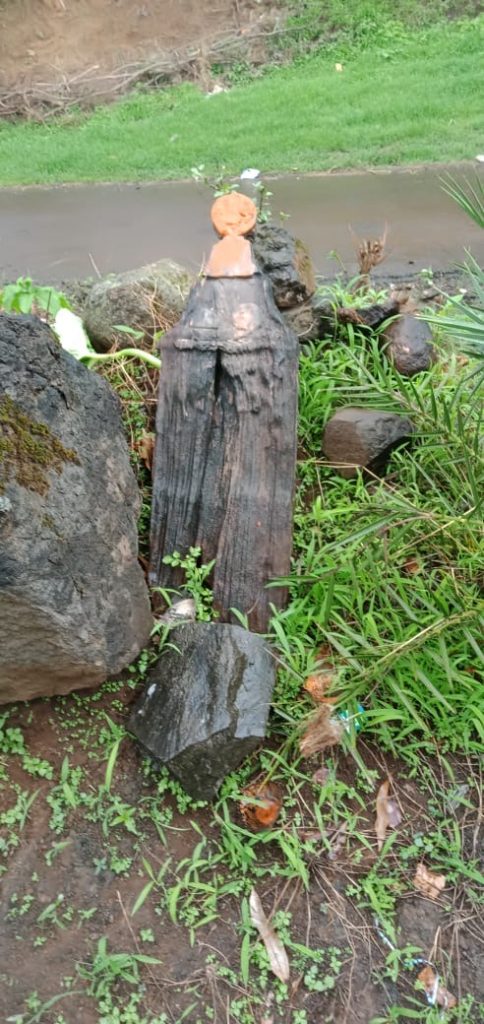
Soon things began to change. The villagers realized that their prayers had been answered. They started to feel safe and protected. Before heading to the forest or commencing farming activities, they would sacrifice a chicken and pray to the tiger deity. Over time, this became a common practice.
My parents used to say that before a tiger went hunting, it would place its foot in the Khodga (a stone shaped like a unbroken bowl) placed before the tiger deity to ask for permission. It was only when it received approval from the deity that it could remove its foot. When permission was denied, it would be stuck at the same spot, roaring all night. The roar would frighten the villagers who wouldn’t stir out of their homes!
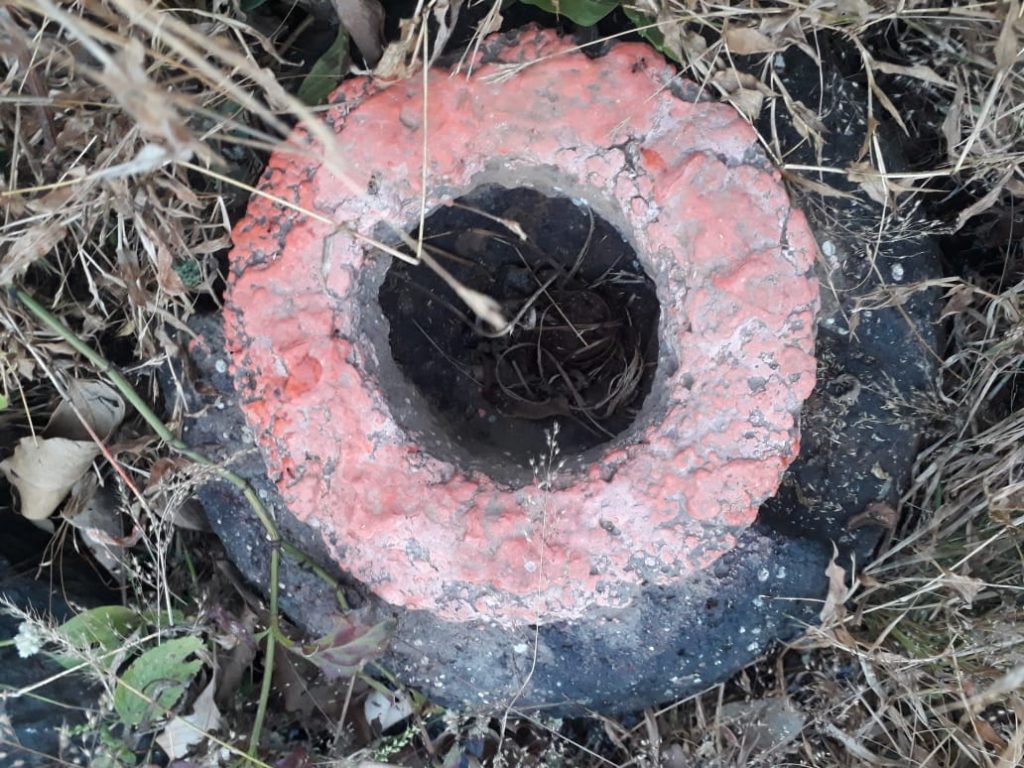
Even today, during the Diwali festivities, we celebrate Bagh Baras with chicken sacrifice, and everyone prays for both animals and humans to be protected from tigers. Shepherds carry rice from their homes to the river to prepare kheer (milk pudding), distributed among everyone as an offering.
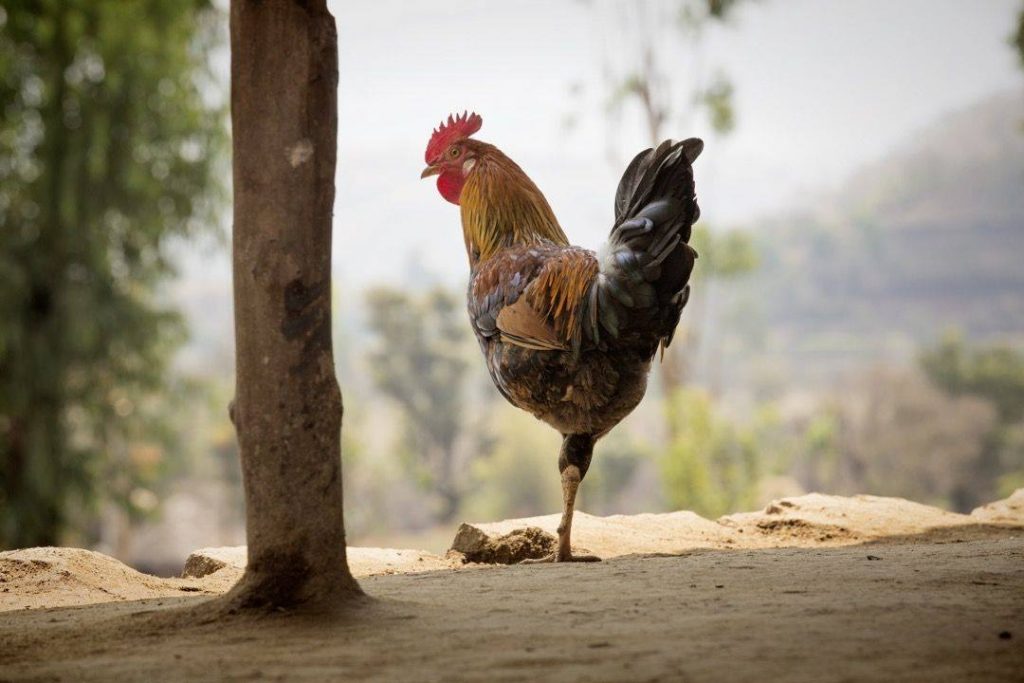
We still continue the tradition of hosting a stage play based on the tiger story. The actor playing the role of the tiger is dunked in the river, symbolizing protection for our cows and goats from tiger attacks.
On auspicious occasions such as weddings, vida – mango leaves wrapped with turmeric, kumkum and betelnut – is placed at the shrine of the tiger deity. Balls of rice flour and turmeric are offered at the shrine during engagement ceremonies. We sincerely believe that doing so eliminates any obstacles that might come in the way of our well-intentioned actions.
Although there is a site for the tiger deity, there isn’t a temple. Previously, the deity was situated beneath a large Pimpri (Ficus) tree, but unfortunately the tree was destroyed. In nearly all of the neighboring villages, the shrine of the tiger deity is located near the entrance to the village. The BMC (Biodiversity Management Committee) and other groups have been raising awareness about the conservation of tigers and other wild animals, since there are less forests now than before.
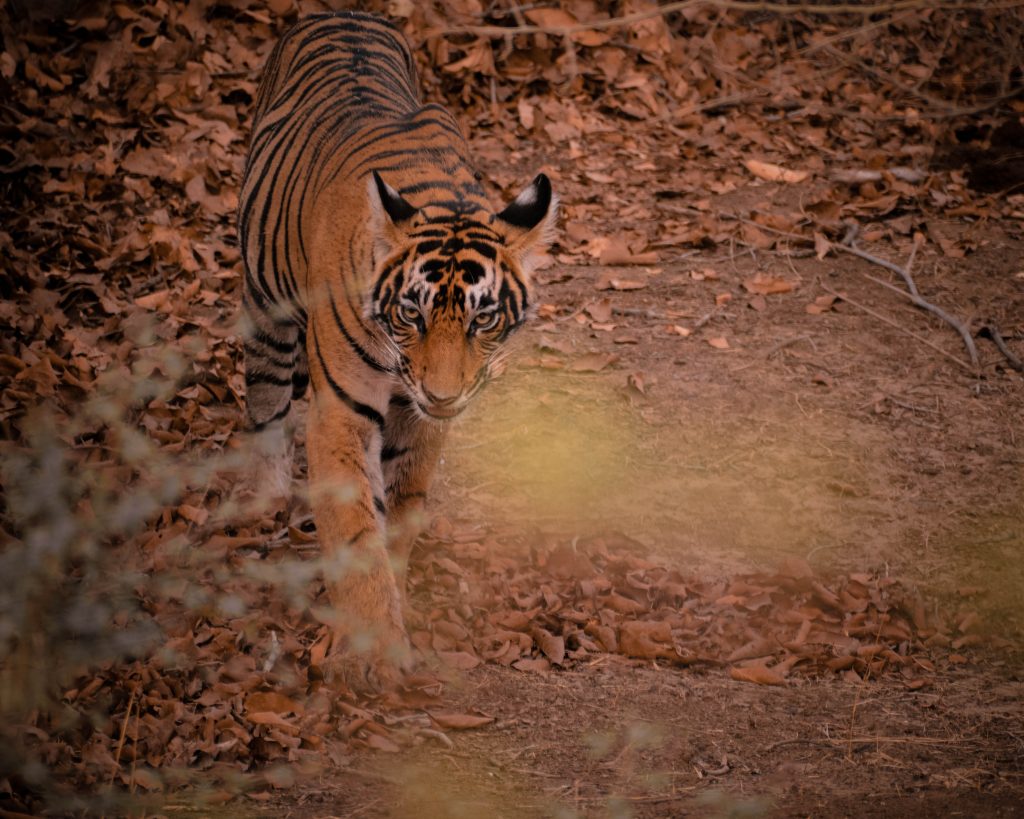
I got to know the history of how we began to worship tigers from my father, grandfather and grandmother. As a teacher, I educate children about our rituals, traditions and history. I find that they are eager to learn and ask many questions. I deeply love our customs, and I’m proud of them.
*According to the forest department, tigers haven’t been spotted in the area for the past many years.
Read the original story in Hindi / Marathi
Meet the storyteller





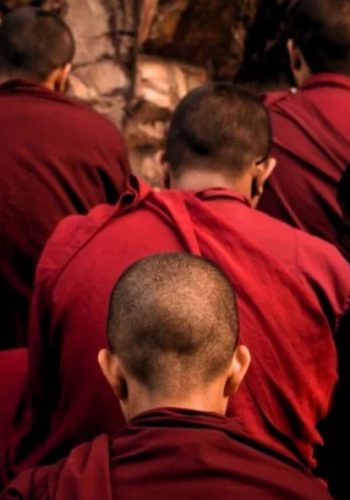


Good to know the old traditions of lands far and wide, from this platform.
Also, it breaks my heart to see that the tigers are disappearing. But happy to hear BMC is doing awareness programs.